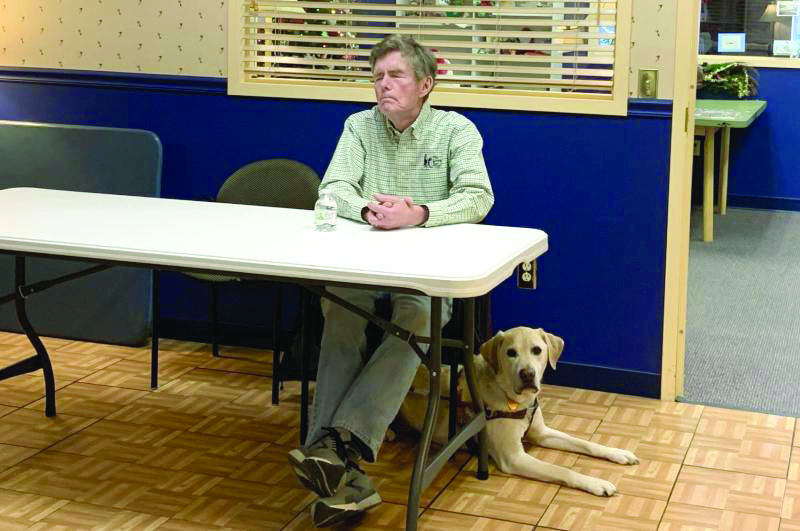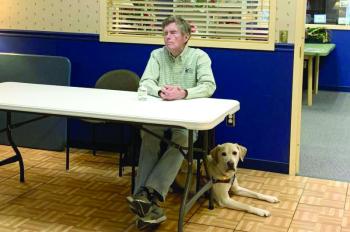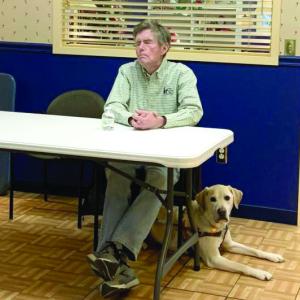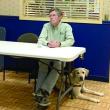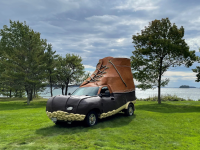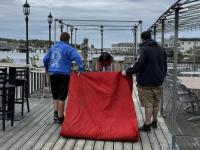Guide dogs: The origin of the working Rover
“Interact with the person. Don't interact with the dog,” Jim Kutsch advised a packed audience during his lecture at the Community Center on Dec. 3. Kutsch, who is legally blind, is the former president of The Seeing Eye, the oldest guide dog school in North America which recently celebrated its 95th anniversary. Kutsch is the first graduate of the school to go on to serve as its president and CEO (2006-2019).
Kutsch’s appearance was hosted by the Visually Impaired Persons (VIP) Group, who have been meeting for almost 24 years to help the visually impaired receive education, emotional support, and socialization. However, attendance wasn’t limited to group members, with an almost even split between them and interested members of the public, with some coming from as far as Thomaston.
According to Kutsch, the origins of the guide dog start in Germany (hence why most early guide dogs were German Shepherds), following the uptick of veterans returning home blinded by the mustard gas used on the battlefields of World War I. The German government began to experiment with using dogs to lead the blind, but these facilities were limited to veterans. Meanwhile, in Switzerland, a woman named Dorothy Harrison Eustis was head of an extensive dog breeding program for use in military and police purposes and had been approached by the Saturday Evening Post to write an article about her work.
That piece never came to be. Instead, Eustis wrote about the guide dog programs in Germany, and how Tennessee-born Morris Frank, and later co-founder of The Seeing Eye alongside Eustis, got his interest piqued.
“(Frank) was extremely driven to find a way to get around without relying on another human, to get around independently,” said Kutsch. As a traveling insurance salesman, Frank was beholden to the help of people he would hire to guide him, with more than one occasion ending with them exhorting him for higher pay if he “wanted to get home (that) night.”
This was before the long white canes were common, so there was little recourse for the blind, said Kutsch. Even getting on the ship to Switzerland was a trial without a caregiver, so Frank used a loophole and shipped himself as livestock.
Eventually, he returned to America after his European stint alongside his guide dog, Buddy. A now famous photo showed Frank surrounded by reporters as Buddy led him across West Street, aka Death Street, in Manhattan. It was a success. “If all these things hadn't lined up, who knows where we would be today," said Kutsch.
The school offers its services to people as young as 16, and as old as 93 (or older) for a flat $150 fee. The Seeing Eye services the entire U.S. and Canada, and will cover any travel needed to get to its campus in Morris Township, New Jersey. The only prerequisite for joining the school is that the person must have the ability to use a white cane, to show they have experience traveling independently, and are mobile enough that a dog fits into their lifestyle.
According to Kutsch, the school also tries to match dogs to people based on needs and personality type. For example, he needed a higher energy dog during his days of international travel than he requires of his current dog, Easton, who is enjoying the retired life alongside Kutsch in Damariscotta.
“Living independently is learned,” he said. Whether it's through the services of a furry friend, or household items for the blind, there are options for those with visual impairment to continue life unimpeded.

